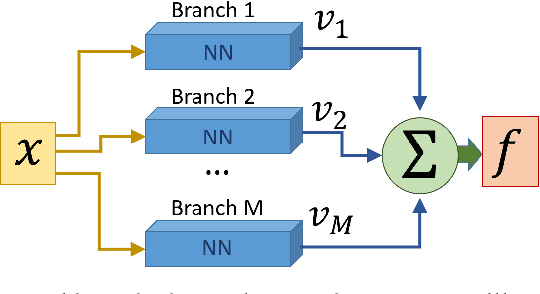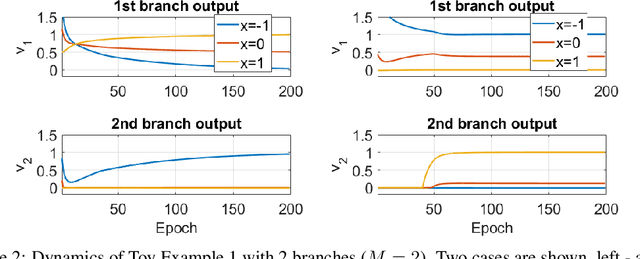Analysis of Branch Specialization and its Application in Image Decomposition
Paper and Code
Jun 12, 2022



Branched neural networks have been used extensively for a variety of tasks. Branches are sub-parts of the model that perform independent processing followed by aggregation. It is known that this setting induces a phenomenon called Branch Specialization, where different branches become experts in different sub-tasks. Such observations were qualitative by nature. In this work, we present a methodological analysis of Branch Specialization. We explain the role of gradient descent in this phenomenon. We show that branched generative networks naturally decompose animal images to meaningful channels of fur, whiskers and spots and face images to channels such as different illumination components and face parts.
 Add to Chrome
Add to Chrome Add to Firefox
Add to Firefox Add to Edge
Add to Edge